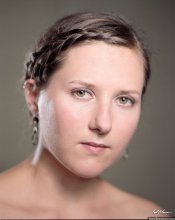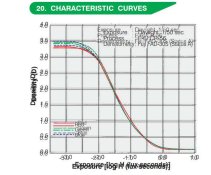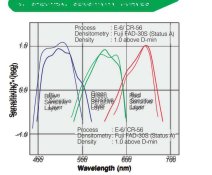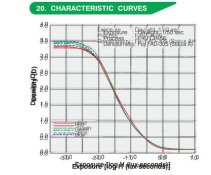Adrian Bacon
Subscriber
With my medium format I bracket my shots +1 and -1. It's cheap insurance. I'm not going to do that with 4x5. My Schneider 150mm lens is 1/3 stop fast to 1/60. So I'm going to have to adjust especially with chromes. I think I bit off more than I can chew having film loaded in 35mm, 6x7 and now 4x5 cameras.
with color negative (or just negative film in general), it’s not necessarily a bad thing to err on the side of over exposure, as long as you don’t really over do it. The biggest issue I see with most negative film that gets sent to me for processing is that it’s typically under exposed. Many shooters are so used to shooting digital and biasing exposure to not clip the highlights that they do the same thing when shooting film without even realizing it and then wonder why it’s doesn’t look that good. Meter for the shadows and don’t be afraid to give it more exposure. It’s not going to blow out the highlights and whites unless you really overdo it.
when I’m shooting a portrait session in my studio with strobes, if it’s shot digitally, I meter the key light.and set camera exposure based off that, if I’m shooting the exact same thing on film, I meter the fill light and set exposure based on that. Modern digital typically has at least several stops of under exposure before noise becomes a concern (and still quite a bit of exposure below that, depending on how much chroma noise you’re willing to tolerate/clean up), so you can afford to meter so nothing is clipping (except light sources). Negative film has so much over exposure latitude that you can typically afford to meter so that your important shadows have a pretty healthy amount of exposure and let the highlights fall where they will. Unless you used an emulsion that is particularly low on DR, it’s typically not a problem.
personally I’d rather have a denser negative than one that has big sections going to film base plus fog, but that’s just me.







